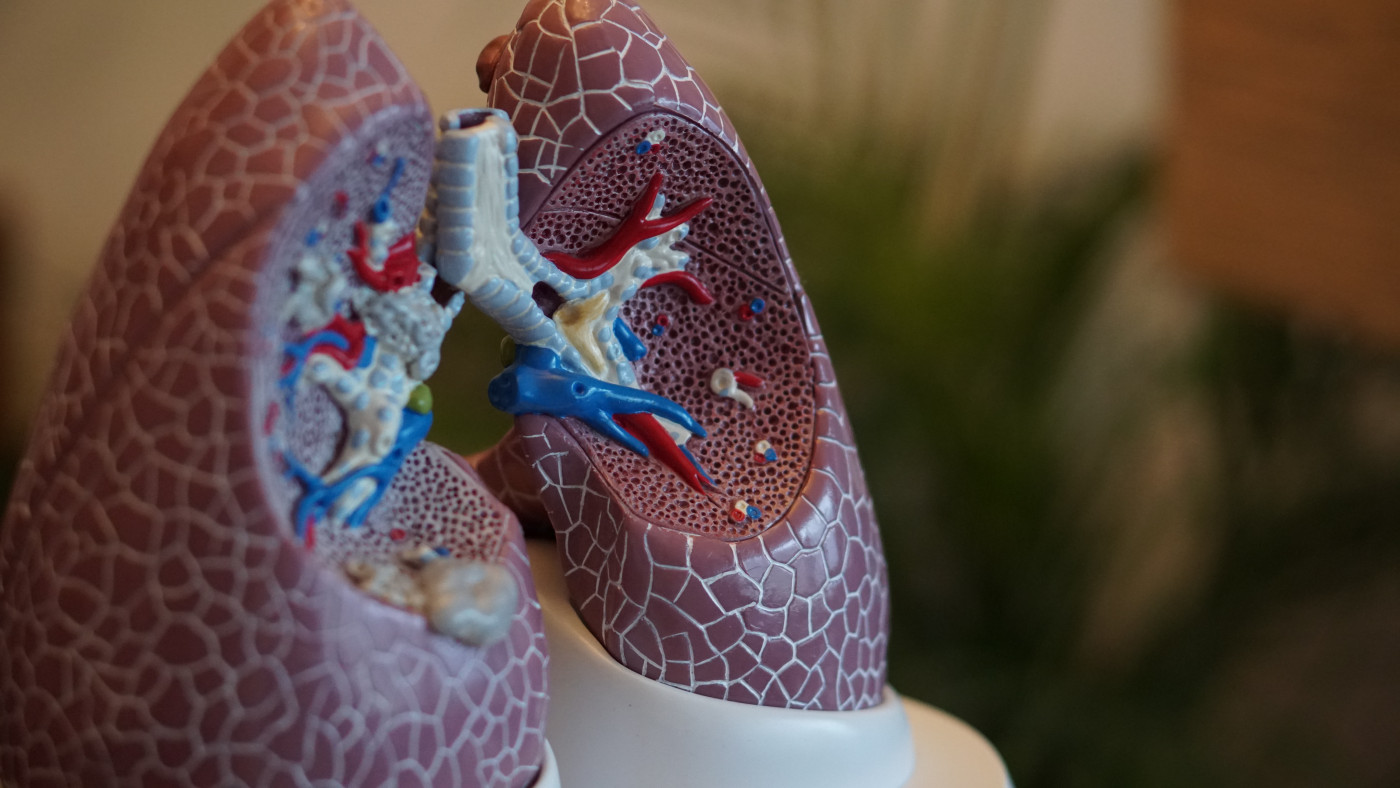Rare Case of Lung Cancer-linked LEMS Underscores Importance of Screening

A recent case study of a woman with Lambert-Eaton myasthenic syndrome (LEMS) linked to lung adenocarcinoma — a type of cancer of the mucus-producing gland cells in the lungs — underscores the importance of cancer screening when LEMS is suspected.
According to the researchers, only five cases of LEMS associated with lung adenocarcinoma have been documented to date.
The report, “Rare Case of Adenocarcinoma of the Lung Presented as Lambert-Eaton Myasthenic Syndrome,” was presented last month at the CHEST Annual Meeting.
LEMS is a rare autoimmune disorder that primarily affects muscles in the lower limbs. The disorder is caused by the body’s immune system attacking voltage-gated calcium channel (VGCC), a protein found at the neuromuscular junction where nerve cells connect and transmit signals to muscles. The resulting impairment in nerve stimulation leads to proximal (near the body’s center) muscle weakness and difficulty walking.
The majority of LEMS cases are associated with cancer, typically small cell lung cancer (SCLC), an aggressive type of lung cancer that is most common in smokers. In LEMS associated with cancer, antibodies targeting proteins found in SCLC tumors cross-react with VGCC at the neuromuscular junction. In approximately 10% of cases, LEMS is associated with other types of tumors and, in extremely rare cases, with lung adenocarcinoma. One such case was reported earlier this year.
The new case study describes a 61-year-old woman with a history of heavy smoking, heart disease, and heart attack. She experienced symptoms characteristic of LEMS, including weakness in the lower body and upper limbs, as well as occasional falls.
Blood tests showed a slight elevation in tumor markers, and electromyography (a recording of nerve cell stimulation of muscles) revealed severe damage to the motor neurons that extend from the spinal cord to the muscles. On chest imaging, the team found a mass in the upper right lobe of the lungs and enlarged lymph nodes. Diagnostic tests confirmed the presence of lung adenocarcinoma. The patent subsequently began chemotherapy, which alleviated her muscle weakness and stopped her occasional falls.
This case highlights the importance of comprehensive screening for potential disease causes or complications in people with LEMS symptoms, the researchers wrote.
“Historically linked to SCLC, LEMS could be very rarely part of the clinical presentation of adenocarcinoma of the lung, especially in smokers,” they wrote. “Once LEMS is suspected, screening for malignancy is strongly advised and early pathohistologic [abnormal tissue] detection of cancer and appropriate therapy is vital.”






